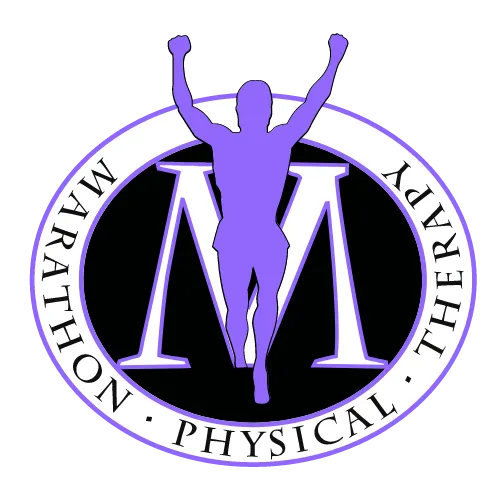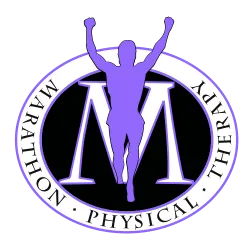Parkinson’s in Great Neck and Floral Park
What is Parkinson’s Disease?
Parkinson’s disease is a progressive neurodegenerative disorder that affects the central nervous system. It is characterized by tremors, rigidity, and difficulty with movement, balance, and coordination. While there is no cure for Parkinson’s disease, physical therapy can help improve the patient’s quality of life and slow the progression of the disease.

How does physical therapy in Great Neck & Floral Park help Parkinson’s?
Physical therapy is a non-invasive treatment that can help Parkinson’s patients maintain their independence, improve their balance, and reduce their risk of falls. Physical therapy can also help Parkinson’s patients maintain their range of motion and muscle strength, which can help them maintain their ability to perform daily activities.
A physical therapy clinic that offers Parkinson’s disease treatment will typically have a team of trained and experienced physical therapists who specialize in neurological rehabilitation. These therapists work closely with the patient’s physician to develop a personalized treatment plan that meets the patient’s individual needs and goals.
The first step in Parkinson’s disease treatment is an initial evaluation. During this evaluation, the physical therapist assesses the patient’s movement, balance, strength, and flexibility. They also review the patient’s medical history and any imaging or test results related to the disease.
Based on the evaluation, the physical therapist develops a personalized treatment plan that may include exercises, manual therapy, and modalities such as heat, ice, or electrical stimulation.
The exercises prescribed in Parkinson’s disease treatment are designed to improve the patient’s balance, mobility, and strength. The physical therapist works with the patient to perform these exercises and monitors their progress closely.
Manual therapy techniques, such as stretching, massage, and range of motion exercises, may also be used to help Parkinson’s patients maintain their muscle flexibility and reduce muscle stiffness.
In addition to exercises and manual therapy, modalities may also be used in Parkinson’s disease treatment. Heat and ice may be used to reduce pain and swelling, while electrical stimulation can be used to stimulate muscle contractions and promote healing.
Another critical component of Parkinson’s disease treatment is patient education. Physical therapists educate patients on proper body mechanics and posture and provide instruction on how to perform exercises and activities safely.
What are benefits of physical therapy for parkinson’s patients?
Physical therapy can also help Parkinson’s patients with speech and swallowing difficulties. Some physical therapists are trained in speech therapy and can help patients with speech exercises and techniques to improve their communication abilities. They can also provide guidance on proper swallowing techniques to prevent choking and aspiration.
Overall, physical therapy is a vital part of Parkinson’s disease treatment, helping patients maintain their independence, improve their balance, and reduce their risk of falls. By working with a team of experienced physical therapists in a physical therapy clinic, patients can improve their quality of life and slow the progression of the disease.
In a physical therapy clinic, Parkinson’s disease treatment may be provided as part of a broader neurological rehabilitation program. This program may include therapy for other conditions such as stroke, traumatic brain injury, or multiple sclerosis.
In addition to Parkinson’s disease treatment, physical therapy clinics may offer other specialized services such as aquatic therapy, hand therapy, or balance and fall prevention programs. These programs are designed to meet the unique needs of individual patients and help them achieve their goals.
Physical therapy clinics may also use advanced technology to enhance patient care. For example, some clinics may use video gait analysis to assess how a patient walks and moves. This technology can help physical therapists identify areas of weakness or imbalance and develop targeted treatment plans.
Start Physical Therapy in Great Neck & Floral Park for Parkinson’s Today
Physical therapy is an effective non-invasive treatment for Parkinson’s disease. Physical therapy clinics that specialize in neurological rehabilitation provide patients with the personalized care they need to improve their quality of life and slow the progression of the disease. With the help of experienced physical therapists, Parkinson’s patients can maintain their independence, improve their balance, and reduce their risk of falls.


